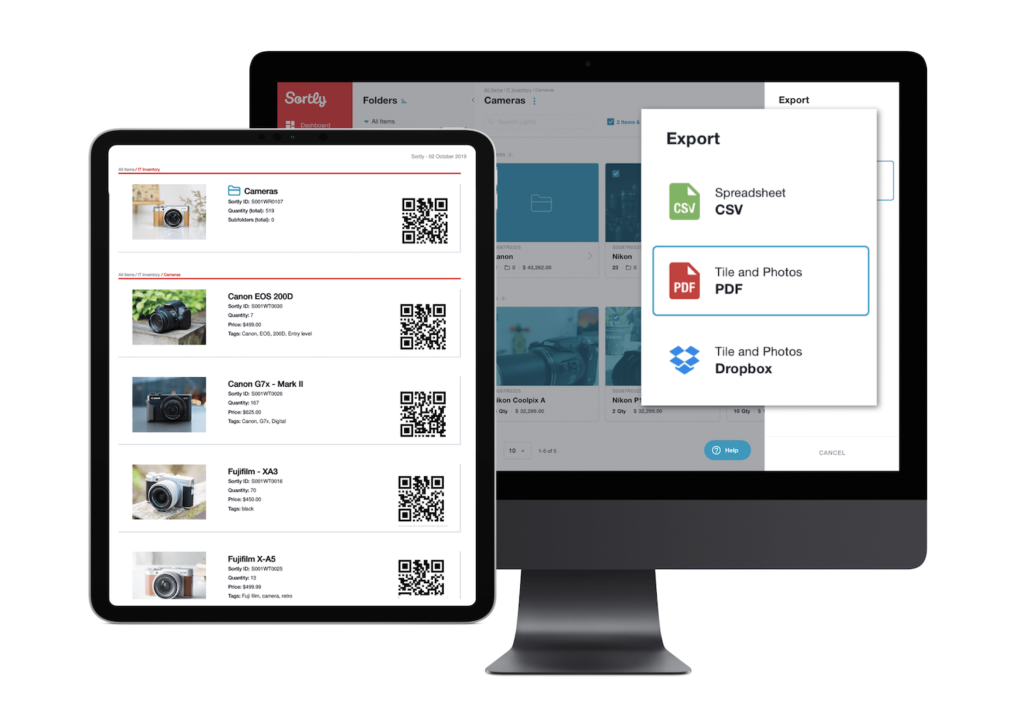For most businesses, asset management is all about keeping track of items and inventory. Many companies have tons of valuable assets spread across multiple locations. Whether those assets are laptops, cameras, medical equipment or party rentals, businesses need to pinpoint where their inventory is at any given time.
That’s where asset management software comes in. In this article, we’ll define the role of asset management software. Then, we’ll review some of the key features to look for in inventory software.
What is the role of asset management software?
Asset management software allows businesses to track the location, condition and value of all of their assets. Keeping good records via asset tracking software offers businesses peace of mind, improved efficiency, accurate records, and swifter protection against inventory loss.
Here’s a little bit more information about each of these four benefits:
Peace of mind
Many businesses have invested in valuable inventory, much of which is used by clients, customers, or other employees at a variety of locations. For example, an IT department might send laptops, monitors, keyboards, mice and docking stations to employees who work all over the country.
These businesses need to know where their equipment is, who has it and what condition it’s in—all with the click of a button. With asset tracking software, your business can easily locate and learn more about any given item in your inventory.
Experience the simplest inventory management software.
Are you ready to transform how your business does inventory?
Boosted efficiency
Inventory software that provides a glimpse into how your business manages assets can also illuminate productivity challenges. Once all of your assets are organized and tracked in an inventory app, you may notice certain operating procedures that are redundant, strange or outdated.
Related: Why is asset tracking important?
Accurate, customized records
With the right asset management software, you’ll always have organized records of what’s where. Plus, these records—which are infinitely customizable—can display tons of other important information, including value, condition, expiration date, or warranty end.
Value and condition are particularly important if your business needs to claim depreciating assets on tax returns. Your records can be quickly exported and sent to your accountant, who can use the information to file your corporate taxes.
Awareness of inventory loss, theft
Finally, asset management software can help businesses pick up on inventory loss or theft sooner. Since more strict standard operating procedures for tracking assets involve inventory management software, many businesses find that tight protocols help prevent inventory theft before it begins.
The same goes for losing inventory. A well-established, consistent asset tracking strategy keeps your business organized, which is always the first defense against losing inventory.
Key features of asset management software

Asset management software plays a major role in keeping businesses organized. Choosing the right inventory app or software is essential. Here are some features you’ll need to help you track your assets:
- Cloud-based, secure solution that allows access from anywhere, at any time
- Automation features like barcode and QR code scanning
- Option to create barcode and QR code labels for products that don’t already have them
- Ability to set alerts and reminders when items are running low, expiring, approaching warranty end or loan date end
- Ability to generate customized reports with details that matter to you and your team
- Customizable access for team members, including read-only and restricted
- A visual, intuitive asset tracking system that helps you visualize what you’ve got
Sortly, a top-rated inventory app, has all these features—and more! Ready to get organized? Try it today, absolutely free!




